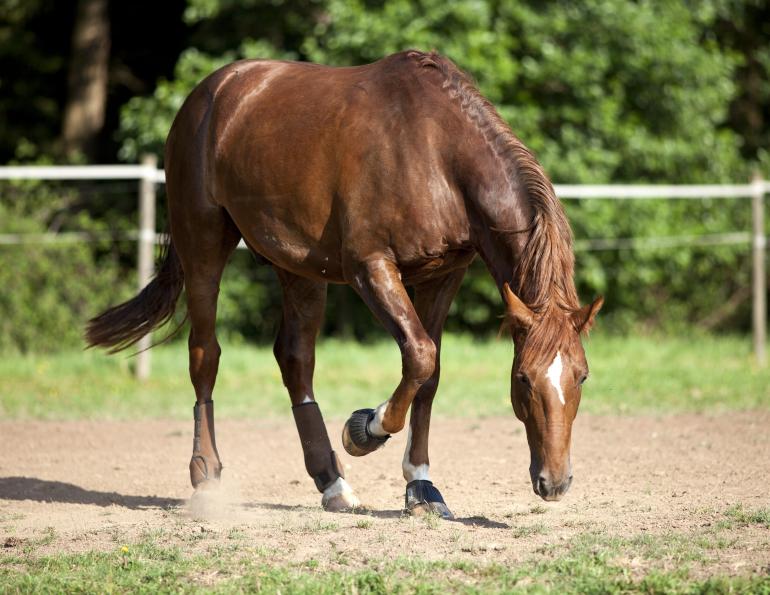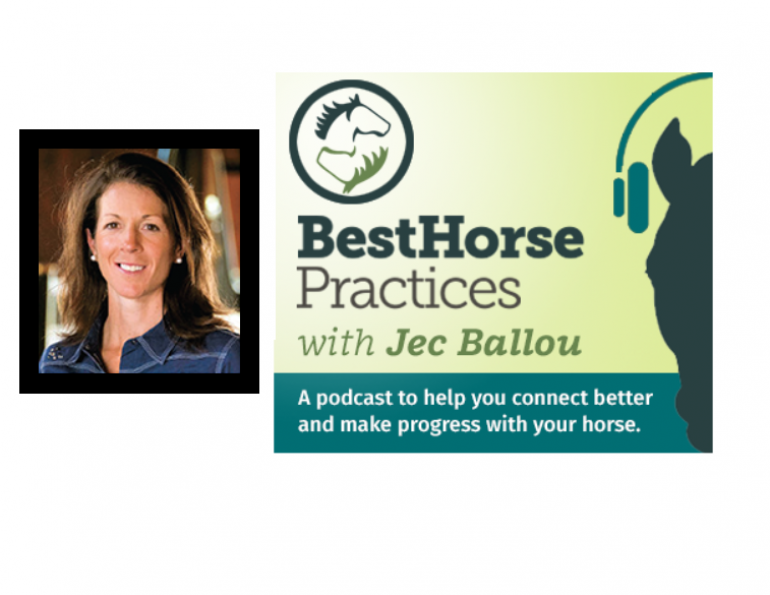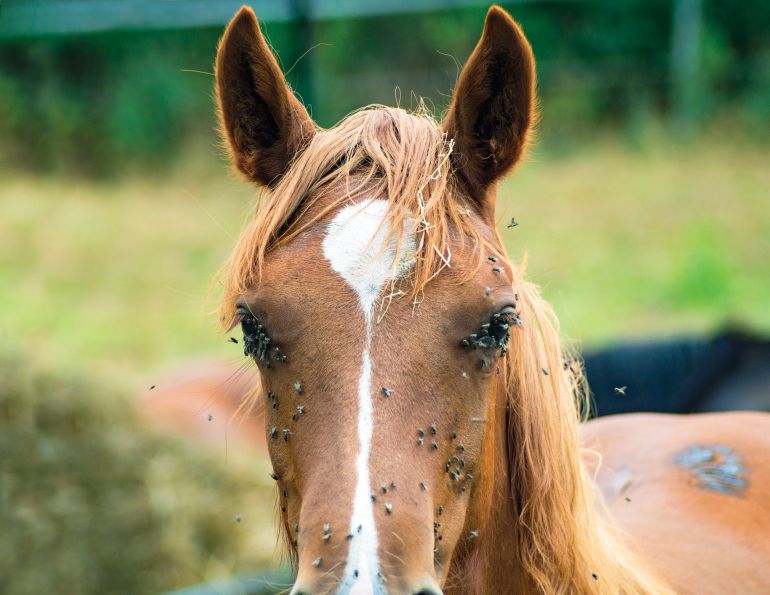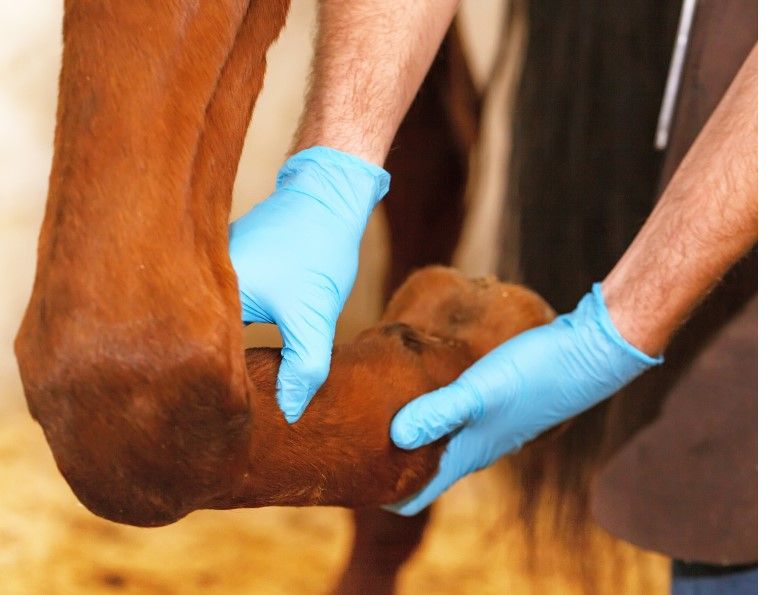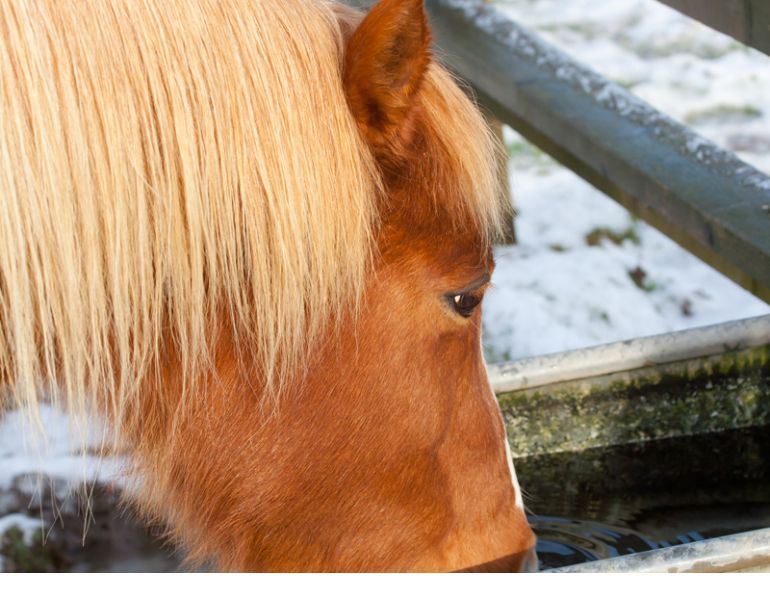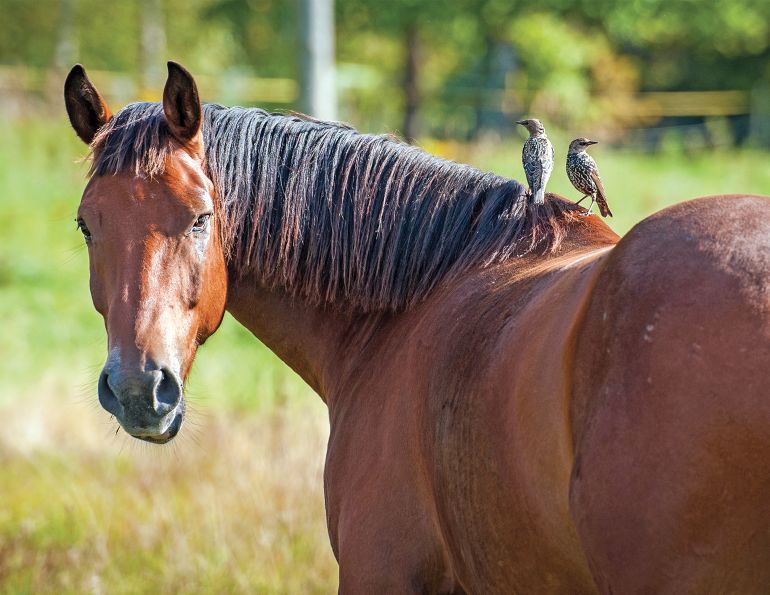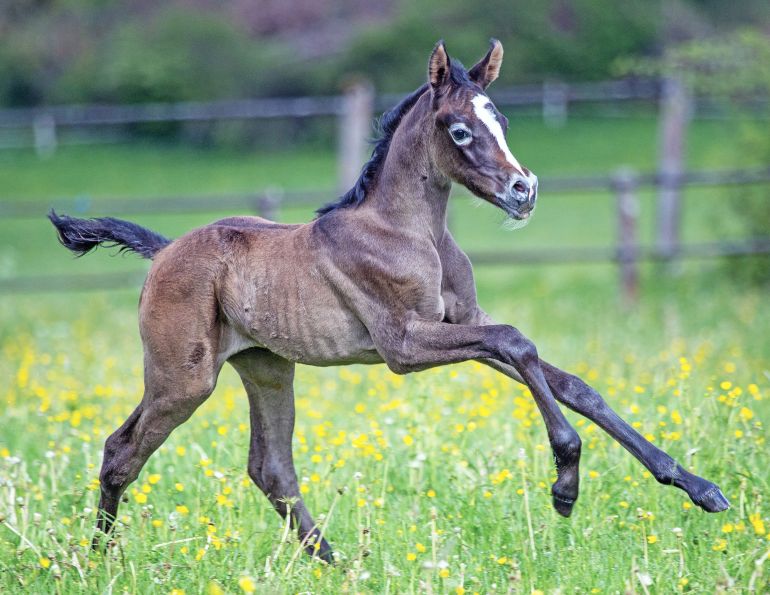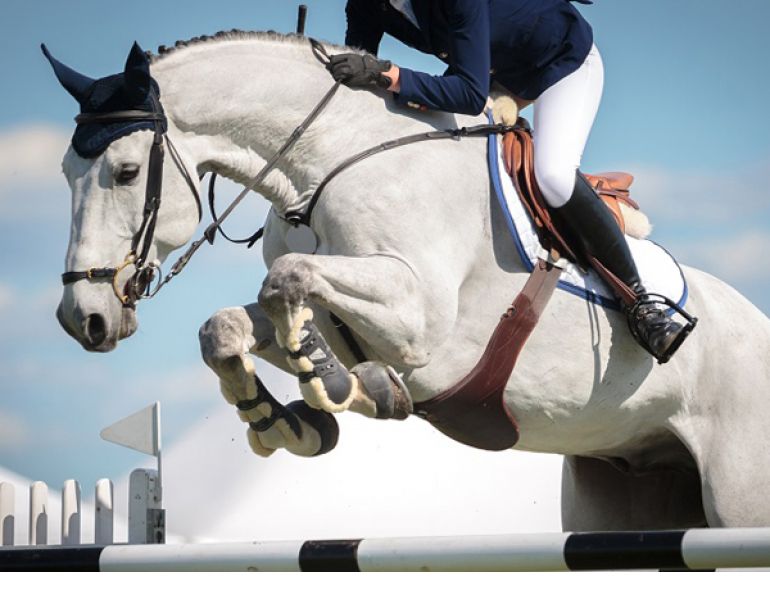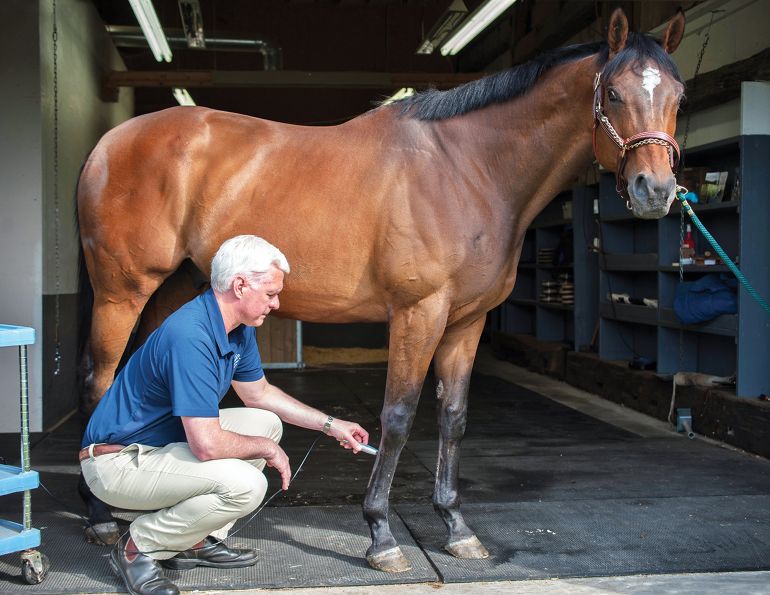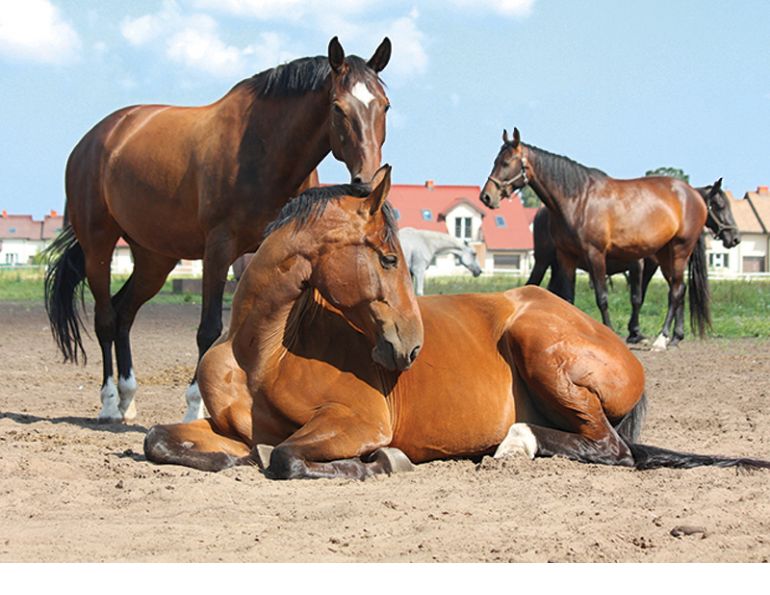Contributed by Horse Council BC
The term “colic” means “pain in the abdomen” or “pain in the belly.” There are many causes for such pain, ranging from the mild and inconsequential to the life-threatening or fatal. One of the problems with equine colic is that it can be very difficult in the early stages to distinguish the mild from the potentially fatal. This is why all cases of abdominal pain should be taken seriously right from the onset.
Understanding Colic
The digestive system of a horse is a complicated series of interactions among many different organs. This entire digestive network is suspended and nourished by a thin membrane called the mesentery. Any malfunction, displacement, twisting, swelling, infection, or lesion of any part of this complex body system is recognized as colic.
Colic is the number one killer of horses. It is not a disease but a combination of signs that alert us to abdominal pain in the horse. Colic can range from mild to severe, and in every case should be taken seriously. Many conditions causing colic become life-threatening in a relatively short period of time. Only by quickly and accurately recognizing colic and seeking qualified veterinary help can the chance for recovery be maximized.
Related: Keeping Your Horse's Hindgut Healthy
Signs of Colic
The signs of colic in horses range from almost imperceptible in mild cases to extremely violent in severe cases. The following list includes the most common signs:
- Lying down more than usual
- Lying down and getting up repeatedly
- Standing stretched out
- Turning the head towards the flank
- Repeatedly curling the upper lip
- Pawing the ground
- Kicking at the abdomen
- Rolling
Preventing Colic
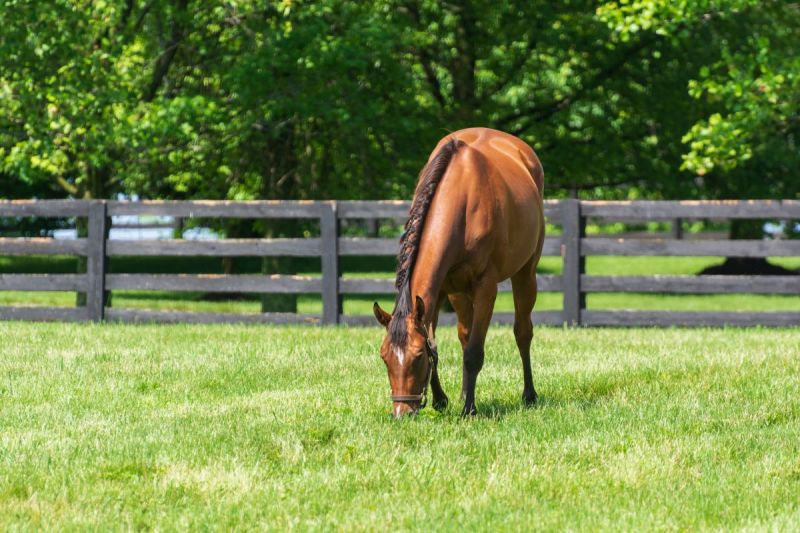
Daily turnout and/or exercise is very important for your horse's health and can help reduce the risk of colic. Photo: Shutterstock/Barry Fowler
Management can play a key role in the prevention of colic. The following guidelines can maximize a horse's health and reduce the risk of colic.
- Establish a daily routine including feeding and exercise schedules and stick to it.
- Feed a high quality diet comprised primarily of roughage where possible.
- Avoid feeding excessive grain and energy-dense supplements. (At least half the horse's energy requirements should be supplied through hay or forage. Twice as much energy should be supplied from a roughage source than from concentrates.)
- Divide daily concentrate rations into two or more feedings rather than one large feeding to avoid overloading the horse's digestive tract.
- Hay is best fed free-choice.
- Set up a regular parasite control program with the help of your equine practitioner. Utilize fecal testing to determine its effectiveness.
- Provide exercise and/or turnout on a daily basis.
- Change the intensity/duration of an exercise regime gradually.
- Provide fresh, clean water at all times. (The only exception is when a horse is excessively hot after exercise. Then it should be given small sips of lukewarm water until it has recovered.)
- Avoid medications unless they are prescribed by your equine practitioner, especially pain-relief drugs (analgesics), which can cause ulcers.
- Check hay, bedding, pasture, and environment for potentially toxic substances, such as blister beetles, noxious weeds, and other ingestible foreign matter.
- Avoid putting feed on the ground, especially in sandy soils.
- Make dietary and other management changes as gradually as possible.
- Reduce stress. Horse's experiencing changes in environments or workloads are at a high risk of intestinal dysfunction.
What to do?
If you suspect your horse is suffering from colic, CALL YOUR VET and be prepared to provide the following information:
- Temperature, pulse, and respiratory rate;
- Colour of mucous membranes and capillary refill time (tested by pressing on the gums, releasing, then counting the seconds it takes for colour to return);
- Behavioural signs, such as pawing, kicking, rolling, depression, etc.;
- Digestive noises or lack thereof;
- Bowel movements, including colour, consistency, and frequency;
- Any recent changes in management, feeding, or exercise;
- Medical history including deworming and past episodes of abdominal pain;
- Breeding history and pregnancy status if the patient is a mare and recent breeding history if the patient is a stallion.
While you are waiting for your vet to arrive, put the horse in a comfortable stall and remove his feed and water. Allow the horse to lie down if he appears to be resting. If the horse wants to roll or is behaving violently, attempt to walk him slowly. Don’t try to treat the horse yourself.
Related: Feeding to the Horse's Body Condition
Main Photo: Excessive rolling, or lying down and getting up repeatedly, can be a sign of colic. Credit: Shutterstock/Anjajuli
This article was contributed by Horse Council BC, one of the most successful membership driven multi-breed, multi-discipline provincial equine organizations in Canada. Horse Council BC represents the equine community in BC by collaborating with individuals, businesses, and industry professionals to strengthen communication, education, and safety. For more information about Horse Council BC, and access to further equine educational material free of charge, visit www.HCBC.ca.



